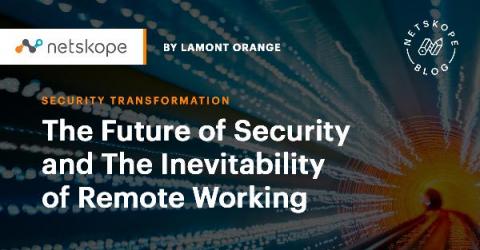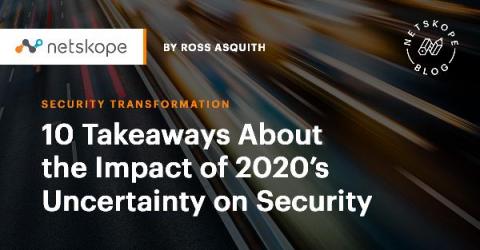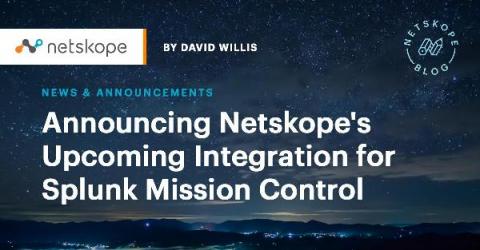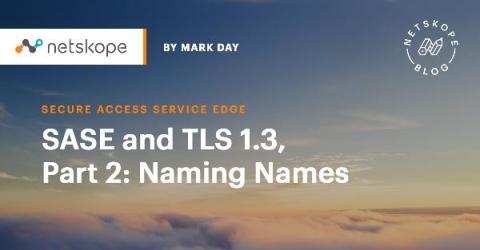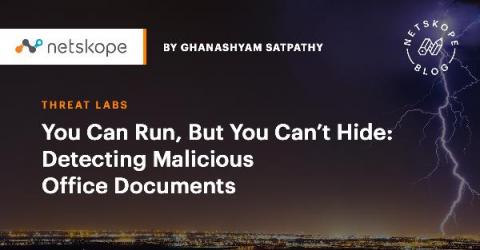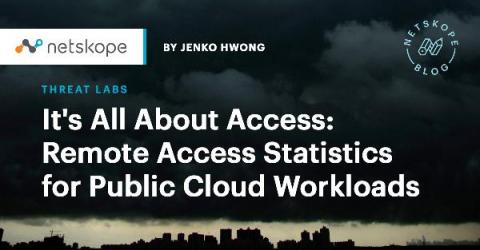Say What? Natural Language Processing Improves Cloud Security
This is the third entry in a series of articles focused on AI/ML. Natural language processing (NLP) is a form of artificial intelligence (AI) that gives machines the ability to read, understand, and derive meaning from human languages. NLP powers many applications that we use every day, such as virtual assistants, machine translation, chatbots, and email auto-complete. The technology is still evolving very quickly.





